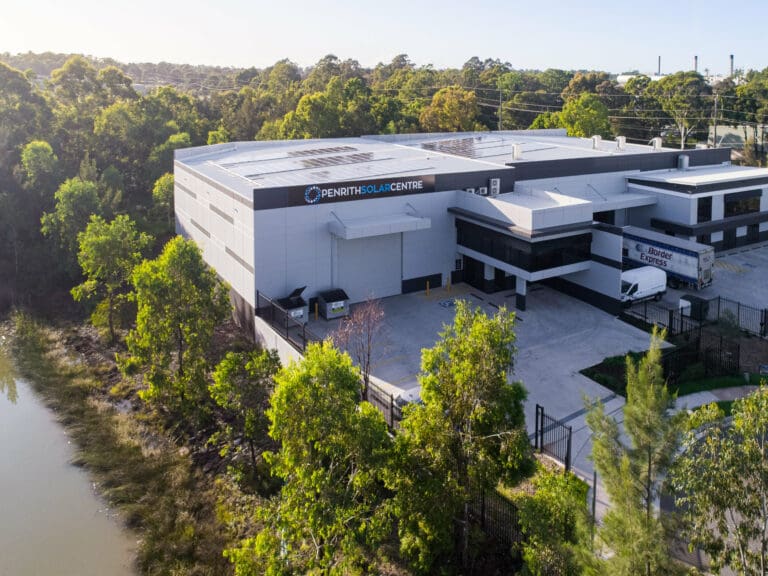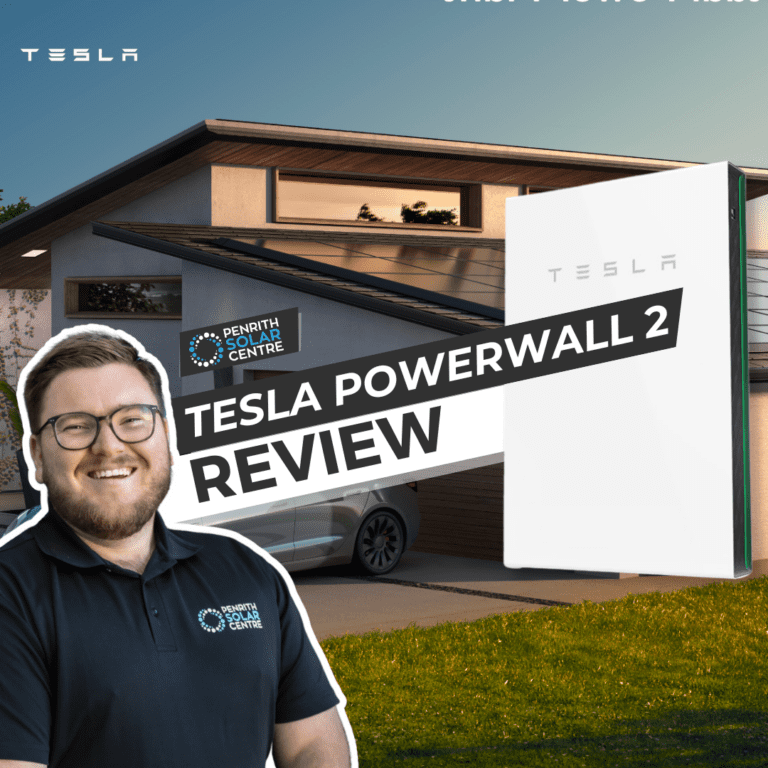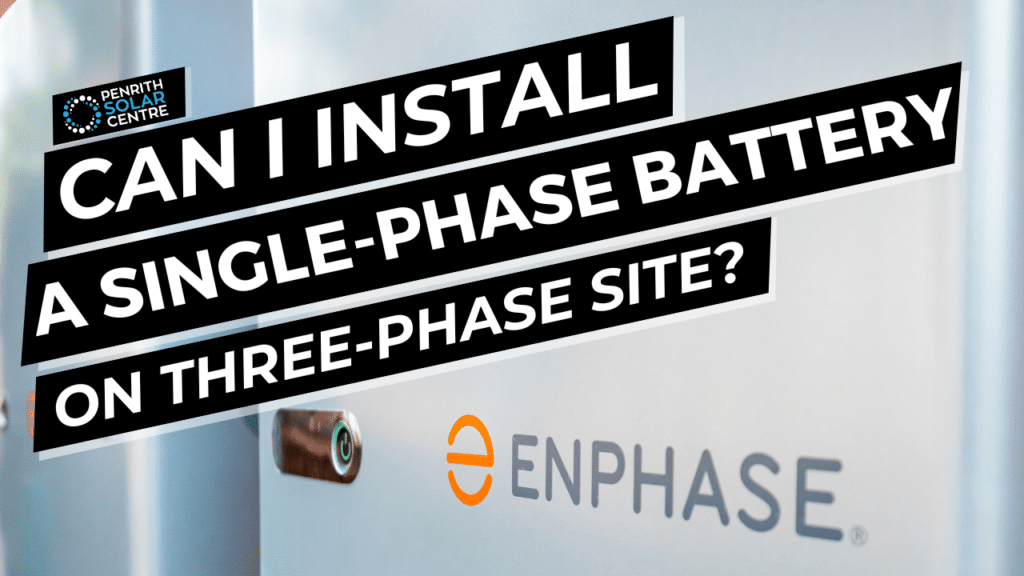
Yes, you can.
It’s a great way to get the full value of your solar energy production.
At Penrith Solar Centre, we want you to be an educated solar customer. We’ve been installing Enphase microinverters on rooftops for years, and we understand how to maximise these systems so you can keep all that self-produced energy.
In this article, you will learn:
- What Are Solar Batteries and Microinverters?
- What’s the Difference Between a Single-phase Home and a Three-phase home?
- Should I Install a Three-phase Battery?
- What is Net Metering and How Does It Work?
- Do You Want a Solar Battery on One or All Phases?
- Do You Want Backup on One or All Phases?
- Can You Charge Your Batteries from Solar Panels When the Grid is Down?
By the end of this article, you’ll understand how solar batteries can be installed on a three-phase home and all the considerations that go into that process. Onwards!
What Are Solar Batteries and Microinverters?
A microinverter is a single-phase inverter. Each solar panel on your roof has a microinverter mounted underneath it in a microinverter solar system. The microinverter converts the direct current (DC) power harvested by the solar panels into alternating current (AC) power for the home to use or to export back to the grid for a feed-in tariff.
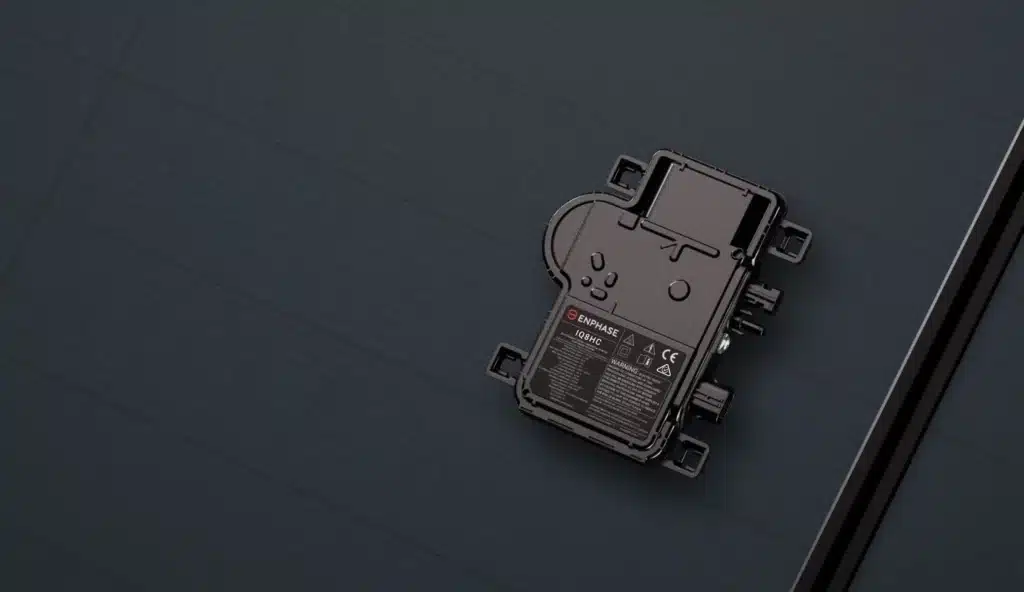
If you’re interested in learning more about microinverters, check out the following article titled, Myths & Misconceptions About Solar Microinverters.
Microinverters are connected to each other using a three-phase trunking cable if your home has a three-phase power supply. There are single-phase trunking cables for single-phase homes as well. A three-phase trunking cable will have every third microinverter on a different phase.
There are a lot of advantages to installing microinverters on a three-phase home. If you’re interested in learning more about installing microinverters on a three-phase home, check out the following article titled, Do I Need to Upgrade to Three-Phase Electric Power for Solar?
Adding a solar battery to your system gives you the ability to self-consume more energy from your solar panels by storing that energy rather than exporting it back to the grid. There are AC-coupled batteries and DC-coupled batteries.
If you’re interested in learning more about solar batteries, check out the following article titled, AC-coupled Battery vs. DC-coupled Solar Batteries *link*
If you have a microinverter solar system, you will need an AC-coupled battery like the Enphase IQ Battery 5P or the Tesla Powerwall 2.
Enquire about solar batteries!
What’s the Difference Between a Single-phase Home and a Three-phase home?
Single-phase power is a two-wire AC circuit. It consists of one active wire and one neutral wire. Current flows between the active wire (through the home and appliances) and the neutral wire.
Three-phase power is a four-wire AC circuit that consists of three active wires and one neutral wire. Again, current flows between the active wire (through the home and appliances) and out the neutral wire.
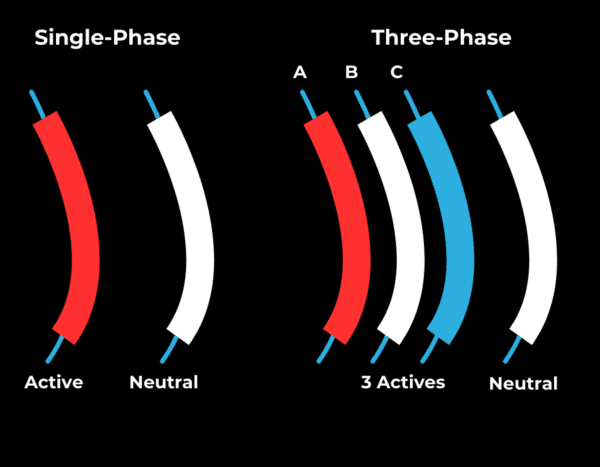
Residential homes in the Sydney metro area are commonly built with three-phase wiring installed. If you like, it’s also possible to upgrade from single-phase to three-phase wiring (though not always required for solar).
If you’re interested in learning more about the differences between single-phase and three-phase connections, check out the following article titled, Single-Phase vs. Three-Phase: How Are They Different?
What is Net Metering and How Does It Work?
Net metering is a process that measures electricity between your home and the grid to figure out how much is being imported or exported.
When you install solar, your energy retailer will install a smart meter that calculates your net energy usage. The smart meter subtracts your surplus energy from the total energy consumed. The net result will either flow to the home or back to the grid. This transfer happens instantaneously.
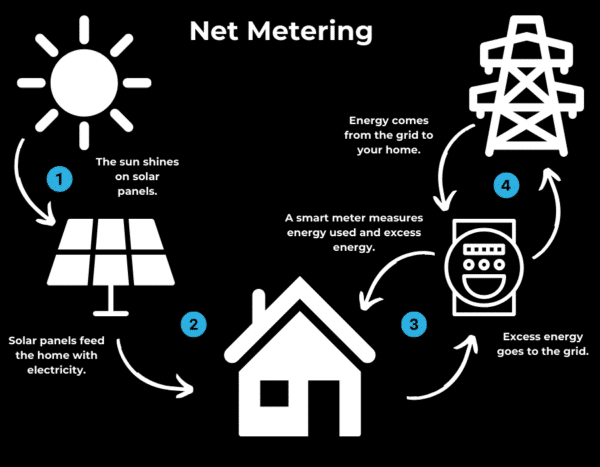
With net metering, your grid imports and grid exports are recorded and calculated across all three phases – they are not calculated separately.
If your solar system is exporting 5kW on one phase, but importing 2kW on the other two phases, do you have to pay for those 4kW being imported on those phases?
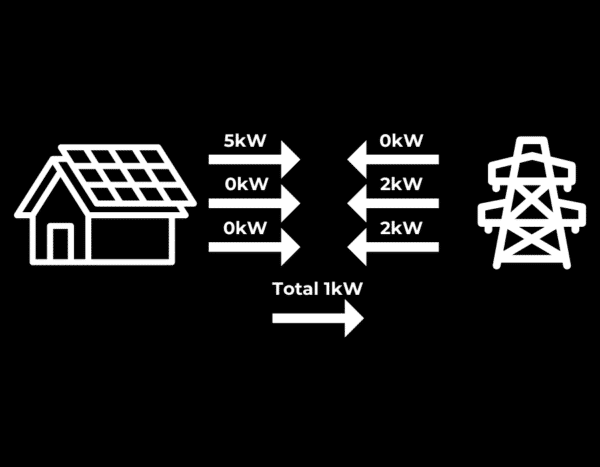
Nope. Net metering calculates this instantly. The 4kW of imported power is subtracted from the 5kW of exported power. This leaves 1kW being exported to the grid.
A smart meter is why it doesn’t matter what phase you install a battery on. The smart meter is constantly weighing imported electricity against exported electricity equally across all three phases.
If you’re interested in learning more about net metering, you might want to check out the following article titled, How Does Solar Net Metering Work?
Should I Install a Three-phase Battery?
There is no such thing as a three-phase battery.
A battery is a DC energy storage device. DC power does not have phases. A battery will only ever have a positive end and a negative end. Electrons flow in one direction in this technology and that creates current which is discharged for use.
The inverter of your system can convert the DC energy stored in your battery into AC power. AC power has phases.
Batteries like the Enphase IQ Battery 5P and the Tesla Powerwall 2 have single-phase inverters. There are some inverters that are three-phase, such as Fronius, Gen 24, and BYD.
If you’re interested in learning a bit more about solar batteries and how they work, you might want to check out the following article titled, Enphase IQ Battery 5P vs Tesla Powerwall 2: Which is Right for You?
Should I Install a Three-phase Inverter?
Nope.
A single-phase battery has an inverter in it that converts all the DC power to AC power and back to DC power again on that phase. The only time you would need a three-phase inverter is if you need to power all three phases during a blackout. This is usually only the case in commercial installations for businesses that have heavy power demands or very large residential homes that also have huge power demands.
If you are installing a battery for backup supply during power outages, please note that single-phase battery systems will only provide backup to circuits connected to the one phase that the battery was installed on.
Should I Install a Solar Battery on One or All Phases?
A solar battery can only be installed on a single phase at a time for a microinverter solar system. If you have one solar battery and your home is three-phase, a choice will be made about which phase to put it on.
If you have multiple solar batteries with a three-phase home, you can install multiple batteries across different phases.
Essentially, you’ll need to choose which phase you want to program as your backup phase and install your solar battery on that phase.
If you have multiple solar batteries though, you’ll need to decide what phases to put those batteries on based on what is using power from each phase.
With some idea of how we install multiple solar batteries on a three-phase home, here are some words from our founder and director, Jake Warner:
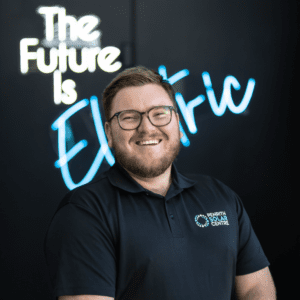
I had to choose what to do with my solar when I decided to install four Powerwalls in my three-phase home.
Interviewer: Would you recommend putting them all on one phase or splitting them up?
We spread them out like that for phase balance with the grid. You only ever have a single phase for backup anyway, so I chose to install two Powerwalls on A-phase and the remaining two on B-phase and C-phase (the remaining phases). It’s important to split them across phases for grid balance.
So if you have a 5kW inverter in each of those Powerwalls, that’s 10kW on a single phase. That’s too much, it overloads the phases. You have to program those two Powerwalls to reduce their output to 5kW total.
Battery Will Get You Everywhere: Installing on a Three-phase Site
Now you know the ins and outs of what an installer considers when installing a solar battery on a three-phase home. When doing so with a microinverter solar system, you have options when it comes to choosing which phase to put the battery on. And thanks to net metering, you’re able to have a bit of flexibility around that choice.
At Penrith Solar Centre, our team understands that every solar system is as unique as a snowflake. Your energy needs and goals are going to be different from your neighbours, and your home is going to have unique limitations and advantages in achieving those needs and goals. The best suggestion we can make is to ask lots of questions. Be clear about what you need and what you hope to achieve long term.
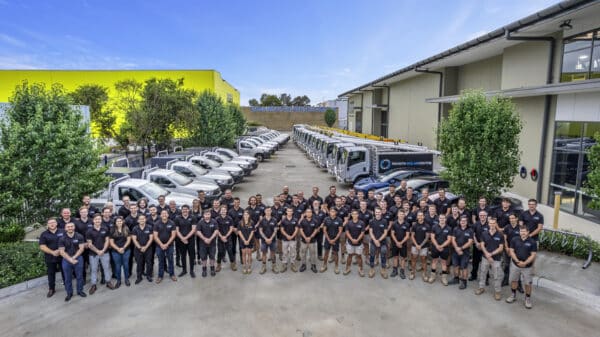
If you’re interested in learning more about solar batteries, you might want to check out the following article titled, 6 Best Solar Batteries on the Market.

